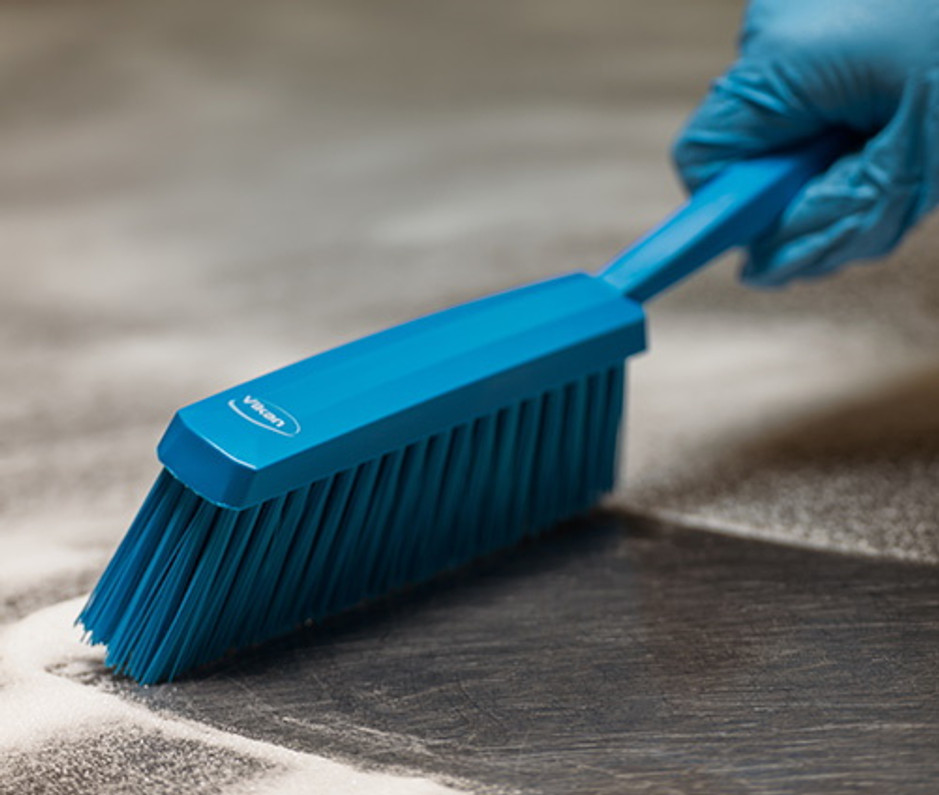Effective Methods for Safely Washing Shoes in the Washer
Cleaning shoes in the washing machine can be a time-saving and effective way to maintain their appearance and hygiene. However, it’s essential to do this safely to prevent damage to both the shoes and the washing machine. This guide will walk you through the best practices for washing shoes in a washer, ensuring effective stain removal and maintaining the structure of your footwear. Along the way, you will discover crucial tips about different shoe materials, the best washing cycles to select, and how to dry shoes properly after washing.
Using a washing machine not only cuts down cleaning time but also ensures that your shoes are sanitized efficiently. Whether you are dealing with sports shoes, canvas sneakers, or delicate materials, this article covers everything you need to know for safe shoe laundering. Remember, maintaining your footwear not only preserves its look but also extends its lifespan.
In this comprehensive guide, we will address the steps to wash shoes, tips on using the correct cycle, and when it's advisable to opt for hand washing instead. You'll also find common pitfalls to avoid and recommendations for detergents that are safe for your footwear.
Understanding Your Shoes: Types and Materials
Identifying the type of shoes and their materials is crucial before proceeding with machine washing. Different materials require different cleaning methods. Understanding this will help you select the safest and most effective way to clean your shoes.
Common Shoe Types and Their Care Requirements
Many people own various types of shoes, ranging from athletic to casual. Each type has its cleaning specifications:
- **Athletic Shoes**: Typically made from synthetic materials, these can often handle machine washing. Look for shoes labeled as machine washable.
- **Canvas Sneakers**: These are generally safe for washing, but ensure to remove the laces and insoles first.
- **Leather Shoes**: These should not be machine washed as they can be damaged by moisture. Instead, opt for hand cleaning methods using specific leather cleaners.
- **Specialty Shoes**: Shoes like hiking boots often require more specific care. These shoes typically need to be cleaned manually to maintain their integrity.
With a solid grasp of shoe types, you can make informed decisions about the cleaning process. This insight enables you to protect the material from unnecessary wear and tear.
Choosing the Right Cycle for Washing Shoes
Selecting the appropriate washing cycle is critical for maintaining your shoes' shape and longevity. Here are a few recommended cycles:
- **Gentle Cycle**: Ideal for delicate materials. It reduces agitation, which helps to maintain shoe form.
- **Normal Cycle**: Suitable for more robust shoes, like gym shoes. This cycle is effective for thorough cleansing without excessive wear.
- **Cold Water Washing**: Always opt for a cold water setting to prevent fading and damage associated with high temperatures.
Understanding how to set your washing machine for optimal performance is essential. Following these guidelines enhances the cleaning effectiveness while minimizing the risk of damage.

Preparation Steps for Successful Shoe Laundry
Before placing your shoes in the washer, there are essential preparatory steps to take:
1. **Remove Laces and Insoles**: This ensures a more thorough clean. Insoles can be washed separately or by hand.
2. **Shake off Loose Dirt**: Give your shoes a good shake or brush to remove dirt. This prevents grit from damaging the washing machine drum.
3. **Use Washing Bags**: Place shoes in a mesh laundry bag. This keeps them secure during the wash and minimizes the potential for damage.
4. **Add Towels**: Include a few towels in the wash. They offer padding and help balance the load, which can reduce noise and vibrations during the wash cycle.
Following these preparation steps can significantly enhance your washing outcomes, ensuring your shoes come out fresh and intact.
Effective Washing Techniques for Different Materials
Different materials have different characteristics, and knowing how to wash them effectively is crucial to maintaining shoe quality.
Sanitizing Sports Shoes in the Washer
Sports shoes often accumulate odor and grime. Here’s how to tackle them effectively:
- **Pre-Treat Stains**: Use a stain remover on problem areas before washing. This enhances stain removal during the wash cycle.
- **Optimal Detergents**: Select eco-friendly detergents that are not harsh on shoe materials. Check for those labeled as safe for athletic wear.
- **Drying Techniques**: Avoid the dryer entirely for sports shoes. Instead, air dry them away from direct sunlight to maintain their shape.
Cleaning sports shoes will not only improve their aesthetics but also prolong their usability.
Washing Canvas Shoes: Tips and Tricks
Canvas shoes are popular due to their versatility and ease of maintenance. To clean them effectively:
- **Machine Wash Cautiously**: Canvas can be washed, but the gentle cycle is preferred.
- **Avoid Bleach**: While it might brighten whites, bleach can weaken canvas fibers and cause discoloration.
- **Vinegar Solution**: For stubborn stains, consider a mixture of vinegar and water. Apply it before washing to lift dirt without damaging the canvas.
Using these techniques ensures that your canvas shoes remain vibrant and intact for a longer time.

Common Mistakes to Avoid When Washing Shoes
To achieve the best results, it's essential to be aware of common pitfalls that can lead to shoe damage:
- **Skipping Preparation**: Neglecting to remove laces and insoles can lead to an ineffective wash.
- **Using Hot Water**: This can cause shoes to warp or lose their shape.
- **Overloading the Washer**: This can result in inadequate cleaning. Always ensure there's enough space for shoe movement.
By being mindful of these mistakes, you can ensure that your shoe cleaning process is safe and effective.
Post-Wash Care: Maintaining Cleanliness and Longevity
After washing, the care you give to your shoes can significantly affect their longevity and hygiene.
How to Properly Air Dry Shoes
Proper drying is crucial as it can prevent mold and preserve shoe shape:
- **Do Not Use Direct Heat**: Avoid radiators or direct sunlight, as this can warp materials.
- **Stuff Shoes with Paper**: This helps retain their shape while they dry.
- **Frequent Turning**: Rotate shoes occasionally while drying for even moisture distribution.
Following these drying tips ensures that your shoes not only remain clean but also last longer.
Maintaining Shoe Hygiene and Quality
Hygiene should not end at washing; ongoing maintenance is key:
- **Regular Cleaning Routine**: Set a cadence for cleaning based on usage intensity; for example, weekly cleans for heavily used sports shoes.
- **Use Protective Sprays**: Applying sprays designed for your shoe type can resist stains and repel water, enhancing longevity.
- **Check for Damage**: Regularly inspect shoes for wear and treat them for minor repairs before they escalate.
Incorporating these practices helps in maintaining footwear cleanliness and quality.
FAQs About Washing Shoes in a Washer
Can all types of shoes be machine washed?
Not all shoes are suitable for machine washing. Leather and specialty shoes should generally be hand-washed to prevent damage.
How often should I wash my shoes?
Frequency varies by usage. Athletic and gym shoes may require weekly washes, while casual shoes can be cleaned monthly.
What temperature is best when washing shoes?
Cold water is best for preserving shoe materials and preventing damage.
Can I use vinegar for cleaning my shoes?
Yes, vinegar is a good natural cleaner for tough stains on sneakers and canvas shoes.
Is it necessary to air dry shoes after washing?
Yes, air drying is advisable as it prevents heat damage from dryers and helps maintain the shoe shape.
This guide equips you with the knowledge to effectively wash your shoes in the washing machine while also ensuring they remain in excellent condition. By following these methods and tips, you can enjoy clean and fresh footwear without compromising their quality.


